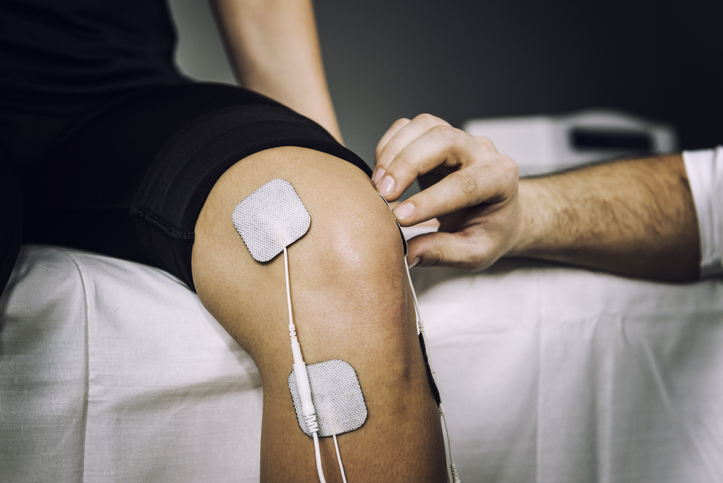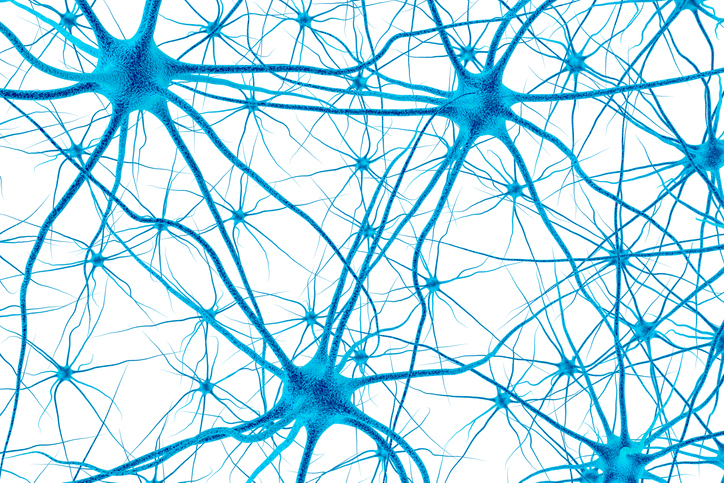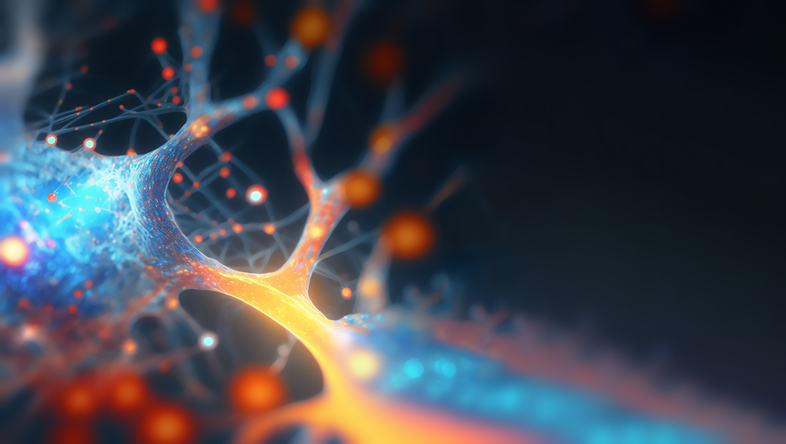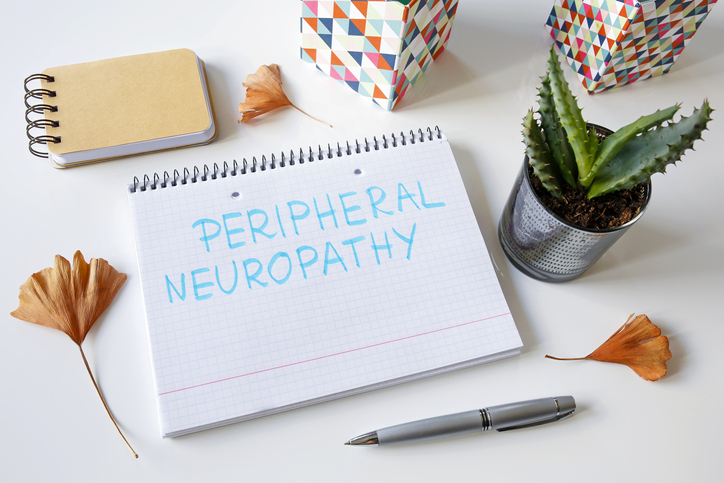Pain
Scrambler Therapy for Nerve Pain

Scrambler therapy is a noninvasive, drug-free treatment option for individuals with chronic nerve pain. It involves the placement of electrodes on the skin which attach to a device designed to send “non-pain” messages to the brain. Through brain plasticity (the brain’s ability to adapt and change), these messages prompt the brain to anticipate “non-pain” signals instead of the pain signals that were previously experienced. During scrambler therapy treatment, individuals may experience pressure or a “rippling” feeling instead of pain. Some people describe the sensation as similar to the pleasant sensation of a massage.
For individuals with chronic nerve pain, scrambler therapy can reduce pain both during individual treatment sessions and across multiple sessions over time. It can also reduce other nerve-related symptoms, such as tingling and numbness. In general, scrambler therapy requires approximately 10 to 12 treatment sessions over a two-week period; each session lasts 30 to 60 minutes. Treatment sessions can be stopped if an individual is completely pain-free for 24 hours after a session.
Scrambler therapy is an example of biophysical treatment rather than biochemical treatment. This means that it uses physical methods to treat pain rather than drugs. It is different from transcutaneous electrical nerve stimulation (TENS), which is another common biophysical treatment, because it works to send “no pain” information to the brain instead of simply interrupting pain signals, which is the goal of TENS treatment.
Scrambler therapy can provide long-term pain relief with no side effects. It has been approved by the Food and Drug Administration (FDA) for treatment of chronic neuropathic pain, chronic cancer pain, and opioid-resistant pain. Scrambler therapy is currently only available in the United States.
















